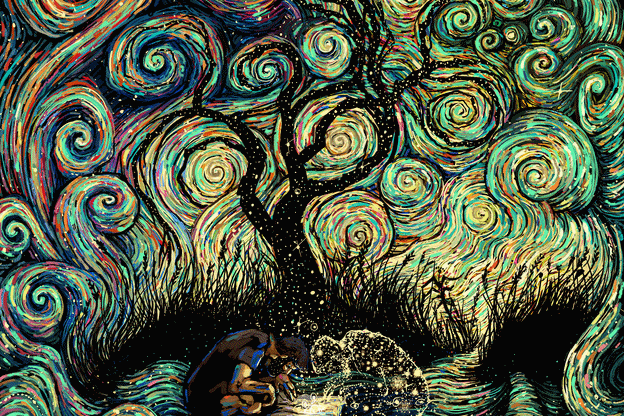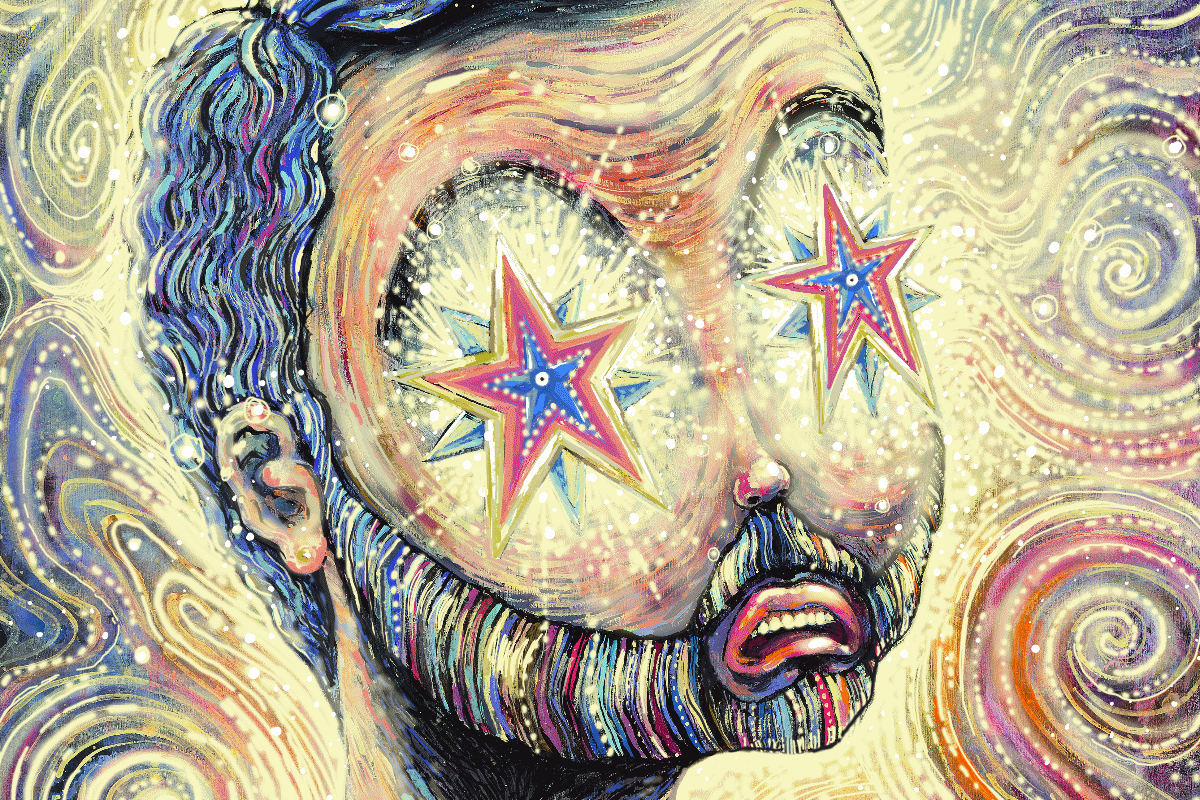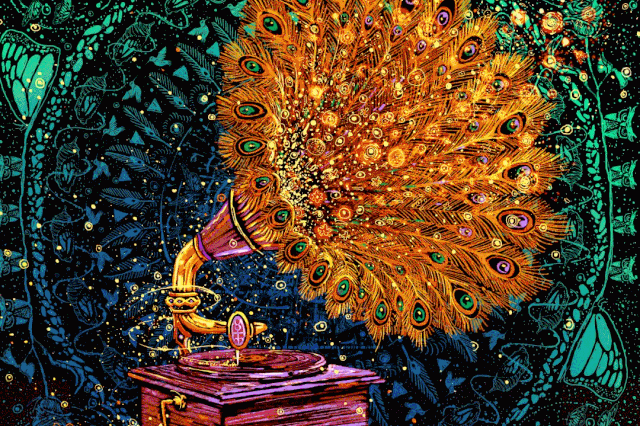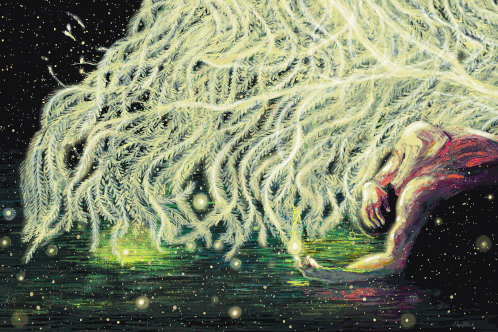A Journey in Transformational Leadership
In the dynamic fields of healthcare and medical education, I’ve found my calling at the intersection of innovation and compassionate leadership. I don't just preach positive disruption; I embody it, demonstrating through actions the power of change.
My ethos is people-centric; I thrive on creating meaningful connections that yield mutual benefits for the healthcare system and society. For me, it’s about giving first, forming the bedrock of trust and shared success.
I believe in the power of iteration—gathering insights, designing, measuring, monitoring, improving, and then starting anew. This commitment to continuous enhancement inspired me to envision and establish the world's first office of Lifelong Learning within an academic medical institute at the Faculty of Medicine & Dentistry, University of Alberta.
I am driven by the creation of real value. I strive to focus our collective energy on products and services that people truly need, reinventing even while on the crest of success to follow the path of greatest impact.
Being proactive is part of my DNA. I am constantly dreaming up innovative ideas to stay ahead of the curve, always finding opportunity in the impossible. My adherence to honesty and integrity is unwavering—I never cut ethical corners, earning trust and respect through transparency and principled actions.
Relationship building is key to my approach. Open, effective communication and co-creation with partners and stakeholders are central to driving success. My strategic thinking and visionary outlook allow me to see and communicate the big picture in an inspiring way, keeping us focused on our 'quarterly rocks' and the evolving landscape of opportunities and challenges.
I aim to persuade through evidence, to inspire action that is grounded in solid research. My high standards are the benchmark for my performance and that of my team—we define excellence together and relentlessly pursue it.
Challenges and high-pressure situations are crucibles in which my leadership is tempered. My experience in high-profile roles has equipped me with the poise to maintain steady, reliable performance, no matter the storm. As a team player, I see roles as fluid, always willing to step beyond boundaries to achieve our collective goals.
In every endeavour, I am the leader who believes in not just reaching for the stars but in harnessing their energy to illuminate the path for others. This is not just my professional commitment—it is my personal promise.
The Architecture of Transformation: Fostering Lifelong Learning By Design
In the constantly evolving world of medical education, there arose an urgent need for a design that not only acknowledges the changing dynamics but also leads it. Birthed from this necessity was the Lifelong Learning by Design framework—an edifice that takes learning beyond the traditional confines, seamlessly knitting it into every facet of a medical professional's journey.
The essence of this design rests upon three bedrock principles: Modern Pedagogical Tactics, Technology-Augmented Learning, and Tailored Leadership Development.
Within the realm of Modern Pedagogical Tactics, the vision was to transcend the conventional and embrace the contemporary. Cross-Disciplinary Collaborative Learning became a cornerstone, fostering a rich amalgamation of knowledge from various fields, enriching the learning experience. The framework also recognized the power of Reflective Practice, encouraging learners to introspect, understand, and evolve from their experiences. With Human-Centred Design, the learning process became more intuitive, moulding itself around the needs and preferences of the learner. By championing Individualized Learning and Improvement, each learner's journey became as unique as their fingerprint, tailored to their strengths, weaknesses, and aspirations.
Technology's symbiotic relationship with education took centre stage with Technology-Augmented Learning. By integrating AI-powered initiatives, the learning process became more fluid, anticipating the learners' needs and delivering personalized content. Adopting Enabling Technology ensured that learning was not confined to physical spaces, but could occur anytime, anywhere. The framework's vision also saw the power of Data-Driven Individualized Learning and Improvement, ensuring that decisions were grounded in empirical evidence, providing the most relevant experiences. And, by harnessing Just-In-Time Learning and Improvement, learning became immediate, ensuring that knowledge or skills were delivered precisely when they were most needed.
However, technical proficiency and modern pedagogy, while crucial, were only parts of the mosaic. The Lifelong Learning by Design framework recognized the irreplaceable role of leadership. Through Evaluating Outcomes via Technology, leaders could gauge the impact of their initiatives, ensuring that they were always on the right path. By emphasizing System and Service Design, the framework ensured that leaders were equipped to craft systems that were efficient, effective, and learner-friendly. Customized, Contextualized Initiatives became the gold standard, ensuring that leadership training was never generic but always tailored to specific needs. Emphasizing the Development of Transformative Leadership Skills, leaders were trained not just to manage but to envision and shape the future. The framework also saw the significance of Promoting Appropriateness for Sustainability, ensuring that all initiatives were sustainable in the long run. Lastly, by Applying Behavioural Insights, leadership became more empathetic, understanding, and thus, more effective.
In totality, the Lifelong Learning by Design framework is not just a methodology—it's a movement. It's a clarion call to redefine the paradigms of medical education. Each facet, from pedagogical tactics to technology, from leadership development to behavioural insights, all converge to sculpt a model of education that's forward-thinking, responsive, and revolutionary. Through this, the framework ensures that the clinicians of tomorrow are not just technically proficient, but visionary leaders, compassionate caregivers, and lifelong learners.
Humanizing Medicine: Envisioning and Conceptualizing The Evolution of Wellness in Medicine
In the midst of our healthcare's most technologically advanced era, I sensed a disconnection from its heart—the human element. This realization compelled me to pioneer "Humanizing Medicine," a philosophy that restores empathy and compassion as the bedrock of healthcare. It's not just a concept; it's a call to nurture the human spirit at every level of medical interaction.
I began with a commitment to the wellness of health professionals, recognizing that the safety of our patients is intrinsically linked to the well-being of their caregivers. I saw the rising tide of burnout and knew that fostering an environment where healthcare providers thrive was essential for patient-centric care.
Integrating behavioural insights into healthcare practices became a cornerstone of my work. Leveraging subtle cues to guide patient and provider decisions, I drew from the profound depths of human psychology to elevate the standard of care delivered and received.
Human-Centred Design is the methodology through which I address the complexities of patient care. By placing the human experience at the forefront, I developed systems and processes that resonate deeply with those we serve—both patients and healthcare providers.
Through my journey, I've delved into the essence of human experience, ensuring each patient's story is heard and respected. By advocating for shared decision-making, I've empowered patients, making them active participants in their health journeys. I've championed the integration of this ethos into medical education, ensuring that the next generation of healthcare professionals carry this torch forward.
Facilitating workshops and leading seminars, I've brought together diverse voices in healthcare to embrace this transformative approach. My writings and thought leadership have aimed to broaden the conversation, challenging and inspiring my colleagues around the world to join this vital movement.
I've not merely proposed a philosophy; I've catalyzed a paradigm shift to redefine healthcare. "Humanizing Medicine" is my unwavering commitment to making healthcare a testament to our shared humanity—an art form that cherishes and upholds the sanctity of the human spirit in every aspect of medical practice.
COVID-19 Connection Aid™ - A Tool of Epistemic Justice
In the whirlwind of the COVID-19 pandemic, where uncertainty and fear pervaded the hearts of millions, I found my calling in the labyrinth of challenges that swept through our healthcare systems. As the pandemic ravaged communities, it unmasked the underlying ethical and communicative fissures within healthcare delivery, revealing a harrowing landscape of moral, emotional, and communicative inequities. Amid this chaos, I conceived and brought to life the COVID-19 Connection Aid, a revolutionary beacon of Epistemic Justice for patients and healthcare providers alike.
This innovative tool was born from the marriage of technology with the nuanced understanding of clinical ethics and the intrinsic need for empathetic communication. It was a daring venture, aiming to reconnect fractured human bonds and dismantle the barriers that stifled equitable knowledge exchange in healthcare settings. The COVID-19 Connection Aid wasn’t just a piece of technology; it was the embodiment of a fair chance for all voices to be heard, acknowledged, and incorporated into the shared journey of healthcare decision-making.
My commitment to rigorous research and iterative design informed the creation of the Connection Aid, ensuring it was honed through the lenses of both providers and patients. The result was striking—a marked decrease in moral injury among healthcare workers, a universally positive reception from patients and families, and a leap forward in clinical outcomes.
This endeavour was a symphony of interdisciplinary collaboration, drawing upon the genius of healthcare informatics, the moral compass of clinical ethics, the sensitivity of psychology, and the finesse of user-experience design. Their collective insights were the crucible in which the Connection Aid was forged, enabling it to adapt and thrive across varying healthcare environments.
The reverberations of this project were swift and profound. Garnering national acclaim, the COVID-19 Connection Aid was not only a salve for moral distress but also a catalyst for enriching the patient-care continuum. Its efficacy and impact were echoed in medical journals and lauded across the echelons of national and international conferences.
Reflecting on this journey, the true essence of the COVID-19 Connection Aid lies not in its accolades but in its capacity to sow seeds of equity and dignity within the healthcare paradigm. It represents the zenith of my endeavor to intertwine technology and humanity, redefining the essence of compassionate care in an era that will be remembered for its trials and tribulations. Through the Connection Aid, we have not just improved communication; we have reinvented the ethos of healthcare itself.








